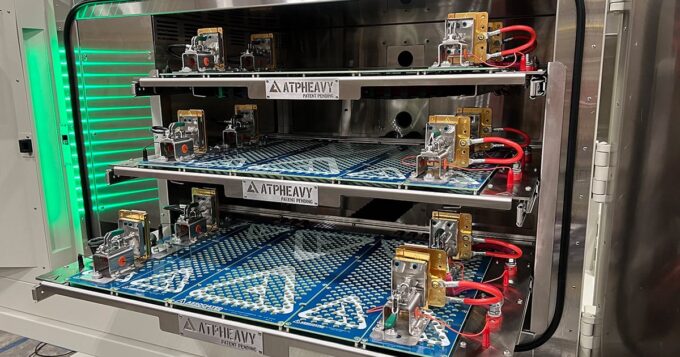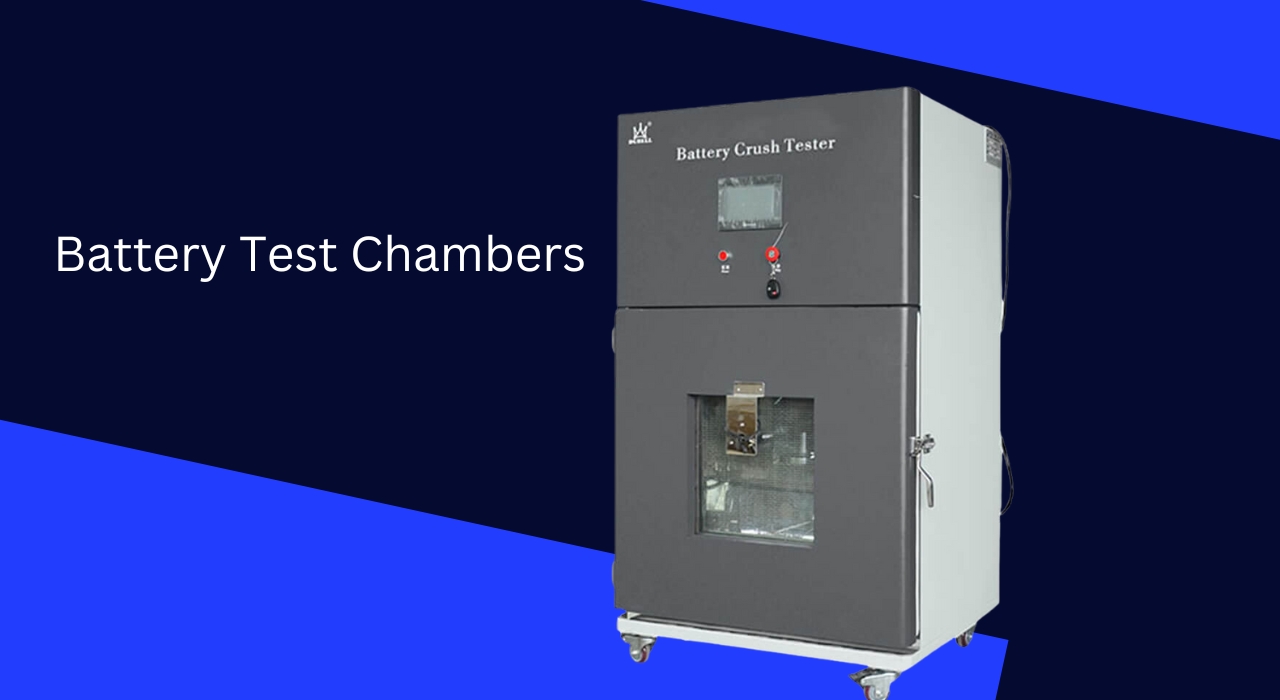In the ever-evolving realm of battery technology, ensuring product performance, reliability, and safety is paramount. Battery test chambers play an indispensable role in this process, offering manufacturers a controlled environment to simulate various conditions and stressors a battery might encounter during its lifespan.
This comprehensive article delves into the intricacies of battery test chambers, highlighting their importance in the quality assurance process.
Importance of Quality Assurance in Battery Manufacturing

Batteries power a vast array of devices, from smartphones to electric vehicles. As such, their consistent performance and safety are non-negotiable. Quality assurance (QA) in battery manufacturing is the gatekeeper ensuring that every battery released into the market meets rigorous standards, guaranteeing user safety and optimal device function.
Given the potential hazards associated with battery malfunction, such as fires or explosions, QA is not just about product excellence; it’s about ensuring consumer trust and safety. A robust QA process can identify and rectify potential issues, preventing costly recalls and protecting a brand’s reputation.
Components and Features of Battery Test Chambers
Battery test chambers are intricate machines designed to replicate the multifaceted conditions batteries may be exposed to. They consist of components like temperature and humidity control units, which can simulate varying climatic conditions, and electrical load testers to induce charge and discharge cycles.
Additionally, these chambers come equipped with advanced monitoring systems. These systems collect data during tests, providing manufacturers with crucial insights into a battery’s performance, life cycle, and potential points of failure. This data-driven approach is vital for making informed design and production decisions.
Types of Battery Tests Conducted in Chambers
Within the confines of a test chamber, batteries undergo various evaluations. One such test is the cycle test, which determines how many charge-discharge cycles a battery can endure before its capacity drops below a specified level. This gauges the longevity of a battery under regular use.
Temperature is another critical testing parameter. Batteries might be exposed to extreme cold or heat during their lifespan. Thus, chambers simulate these conditions to study the effects of different temperatures on battery efficiency, performance, and safety. This ensures that batteries perform optimally in diverse environments.
Benefits of Using Battery Test Chambers for Quality Assurance

The precision offered by battery test chambers allows manufacturers to understand their products better. Such chambers facilitate accelerated testing, meaning that within a short span, batteries are subjected to stresses equivalent to several years of actual usage. This helps in predicting long-term performance and reliability.
Moreover, the controlled environment ensures that external variables don’t skew results. This uniformity and consistency mean that results are repeatable and can be compared across different batches or designs, making quality control more efficient and reliable.
Integration of Test Chambers in the Production Process
Incorporating test chambers within the production line provides an integrated approach to QA. Rather than testing batteries after full assembly, many manufacturers opt for interim tests at various production stages. This approach aids in early detection of defects.
By weaving testing into the fabric of the production process, manufacturers can rectify faults promptly, reducing wastage and ensuring that only top-quality batteries make it to the assembly’s final stages. This integration is both time-efficient and cost-effective, bolstering overall manufacturing efficiency.
Ensuring Safety and Compliance through Test Chambers
Beyond performance evaluation, battery test chambers play a pivotal role in safety assessments. As batteries contain volatile compounds, it’s vital to ensure they don’t pose explosion or fire risks. Chambers simulate scenarios like overcharging or physical damage to ascertain a battery’s safety threshold.
Simultaneously, given the stringent regulatory landscape around battery production, test chambers also ensure that products are compliant with international safety and performance standards. Meeting these benchmarks is crucial not just for market access but also for maintaining consumer trust.
Comparing Test Chamber Results with Industry Standards

To uphold battery quality, it’s crucial to benchmark test results against industry norms. These standards, set by industry bodies, provide a guideline for acceptable battery performance metrics. By comparing in-house test results with these standards, manufacturers can discern where their products stand in the market spectrum.
Furthermore, with industry standards continually evolving in response to technological advancements and safety concerns, test chambers must be adaptable. Manufacturers must regularly update their testing protocols to stay aligned with the latest benchmarks, ensuring market competitiveness.
Case Studies: Successful Implementation of Chambers
A notable case is that of a leading electric vehicle (EV) manufacturer. After integrating advanced test chambers into their production line, they witnessed a 15% reduction in production defects within a year. Moreover, the enhanced QA process boosted consumer confidence, leading to increased sales.
Another battery manufacturer specializing in smartphone batteries employed high-throughput test chambers to accelerate their QA process. This strategy resulted in halving their time-to-market while ensuring that the batteries met stringent safety and performance standards.
Future Trends in Battery Test Chamber Technology

With batteries becoming more sophisticated, test chambers too must evolve. We foresee a surge in AI integration within chambers, where AI algorithms will predict potential battery failures based on historical data. Additionally, the move towards more eco-friendly batteries might necessitate new testing parameters, demanding more versatile chambers.
Virtual testing is another frontier. Here, digital twins of batteries might undergo virtual stress tests, providing preliminary insights before physical tests, thus streamlining the testing process and conserving resources.
Challenges and Considerations in Utilizing the Chambers
Despite their undeniable importance, test chambers come with their set of challenges. Calibrating these chambers to ensure accurate results demands expertise and regular maintenance. Manufacturers must also grapple with the evolving nature of battery technology, requiring continuous updates to testing protocols.
Additionally, the initial investment in state-of-the-art test chambers can be significant. Manufacturers must weigh this against the long-term benefits of enhanced QA processes and the potential costs of non-compliance or product recalls.
Final Summation
Battery test chambers are an invaluable tool in the quality assurance arsenal for battery manufacturers. They encapsulate the perfect blend of technology and precision, ensuring that the batteries powering our world are both efficient and safe.










